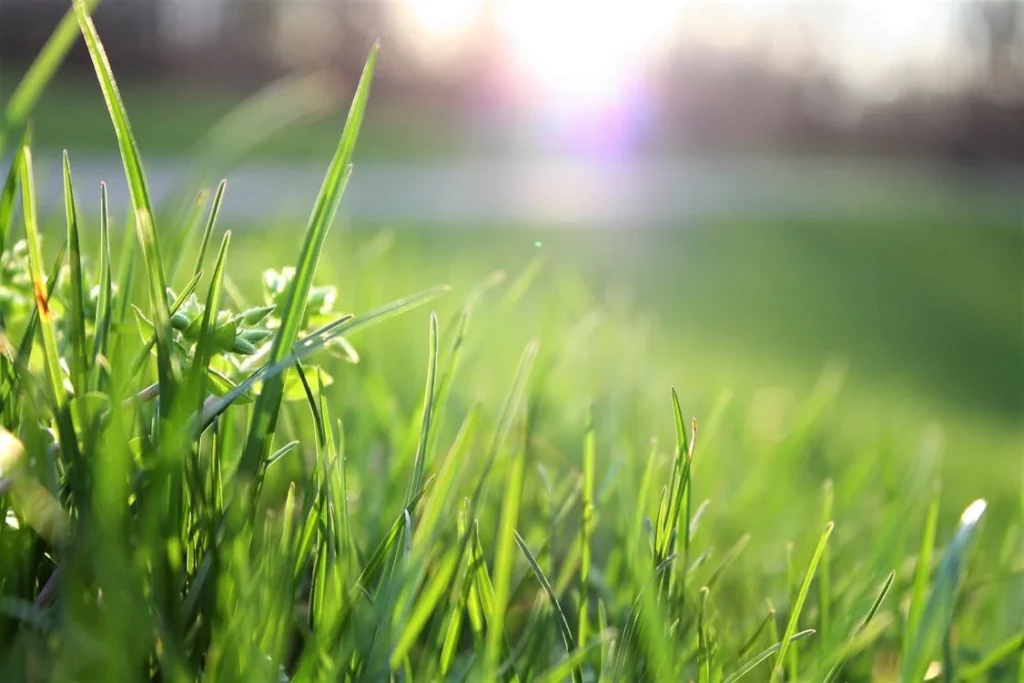The desire for a beautiful, lush lawn is common among homeowners, but maintaining one can be a challenge. Various factors influence lawn health, including soil quality, weather, maintenance habits, and the choice of equipment. A stunning lawn enhances the curb appeal of your home and provides a welcoming space for relaxation and outdoor activities. By following these expert secrets, you can achieve a vibrant lawn that stands out and remains healthy throughout the seasons.
Choose the Right Grass Type
Selecting the appropriate grass variety is fundamental for creating a thriving lawn. Different types of grass thrive in various climates and soil types, which significantly influence their growth and appearance. Cool-season grasses like Kentucky bluegrass and fescue perform well in northern regions with cooler temperatures. Warm-season grasses like Bermuda and zoysia are better suited for southern climates.
Understanding your region’s climate is vital. The right species will flourish and resist pests and diseases. Conducting a soil test can further guide your decision, ensuring that the selected grass type aligns with your soil’s nutrient profile and pH levels. It is worth considering planting a mix of grass types to increase resilience against pests and changing weather conditions.
Optimize Soil Conditions
Soil health often goes unnoticed but is critical to a successful lawn. Healthy soil provides essential nutrients and a solid foundation for all grass types. Start by testing your soil for pH and nutrient levels to identify deficiencies and excesses. Well-aerated soil allows grass roots to penetrate deeper, accessing water and nutrients. Aeration can be achieved by using a core aerator, which removes small plugs of soil and promotes airflow.
Another useful method is to incorporate organic matter, such as compost, into your soil. Adding compost improves moisture retention and provides a slow-release nutrient source, making your lawn more resilient against stressors. Regularly checking and balancing your soil conditions will drastically improve your lawn’s health and appearance.
Water Wisely
Watering is a crucial aspect of lawn care that, when done properly, can transform your yard from dull and lifeless to lush and vibrant. Many homeowners water their lawns too frequently or during the wrong times of day, leading to shallow root growth and increased susceptibility to diseases. Aim for deep watering sessions that promote the development of strong, deep roots in your grass.
The ideal time to water is early in the morning when temperatures are cooler and evaporation rates are lower. This practice conserves water and ensures that your lawn receives adequate moisture without creating a damp environment prone to fungal diseases.
Implement a Fertilization Schedule
Fertilization plays a vital role in maintaining a healthy lawn. Nutrient deficiencies can lead to poor growth and increased vulnerability to weeds and pests. A well-planned fertilization schedule, which includes both natural and synthetic options, provides the nutrients that grass needs to thrive. Early spring is an excellent time to apply a slow-release fertilizer, as this helps stimulate growth as the grass comes out of dormancy.
Mid-season applications can maintain nutrient levels, particularly during peak growth and stress. Using organic fertilizers can enhance soil health and provide a gradual nutrient release for your grass. Monitoring your lawn’s growth response to fertilizer applications allows for adjustments to your strategy as needed.
Mow with Purpose
Mowing is more than just cutting grass; it is about maintaining lawn health and aesthetics. Keeping your blades sharp ensures that grass is cut cleanly, preventing damage and disease. Establishing a mowing height specific to the type of grass you have promotes stronger growth. Taller grass blades encourage deeper root systems and shade out weeds, leading to a denser lawn that is visually appealing. Avoid cutting more than one-third of the grass height in a single mowing session, as this can stress the plants.
Alongside regular mowing, incorporating mulch into your routine can return valuable nutrients to the soil. Adopting a diverse mowing strategy, including using advanced tools like a WORX robot mower, can enhance consistency and efficiency. By combining proper technique with smart technology, you can cultivate a vibrant, resilient lawn that thrives season after season.
Pest and Weed Management
A beautiful lawn can quickly become overrun by pests and weeds if not carefully monitored. Regularly inspecting your lawn for signs of infestation or weed growth is essential in mitigating these issues. Integrated Pest Management (IPM) strategies advocate the use of preventative measures, including promoting beneficial insects and maintaining lawn health, to combat pests naturally.
For weeds, applying pre-emergent herbicides in early spring can prevent weed seeds from germinating. If weeds do appear, consider manual removal or targeted spot treatments instead of blanket applications. Regularly overseeding can help fill in bare spots and reduce the chances of weed establishment while enhancing lawn density.
Embracing these expert secrets will set the foundation for a show-stopper lawn that will be the envy of the neighborhood. With careful planning, maintaining soil health, and adopting smart technologies like a robot mower, your lawn can remain healthy and vibrant, season after season.







